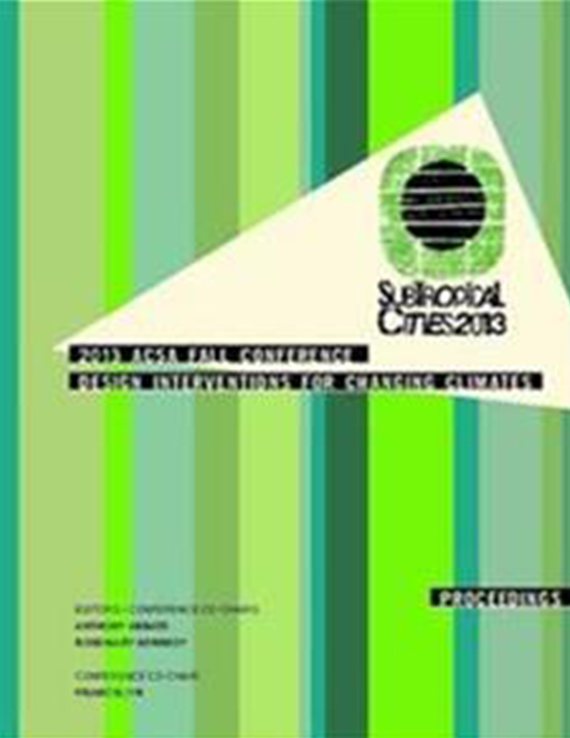Author(s): Matthew Teti
As architects, we consider urban fabric as the juxtaposition of texture and passage—the solid/void graphic interplay that creates a whole and often unique, architectural identity of the city in plan. In Latin America, the Laws of the Indies of 1573 mandated founders to build a vast network of grid plan cities and towns with central plazas, around which centralized religious, civic, and mercantile architecture defined the core of the urban fabric. While many Latin American cities were founded ex nihilo, Mexico City, formerly Tenochtitlán, a major population center and cultural capital, existed a priori to the Spanish American, urban experience. The following question arises from the investigation: what useful knowledge about urban planning, architecture, and ecosystems did the Laws of the Indies eradicate with its cultural and architectural mandates? In Tenochtitlán, in The Valley of Mexico with 1,000,000 inhabitants when Cortés arrived in 1521, we find striking results. Not only did the grid-plan-plaza proportions of the Laws of the Indies pale in comparison to existing Aztec architecture and urban planning, but the grid of Mexico City, placement and height of its central, ceremonial and religious buildings, nearly exactly overlay a plan already in place before Spanish arrival. Furthermore, the Aztec passage grid of Tenochtitlán remains today, intact, albeit modified in purpose, in many cases, from ancient canals into current streets—a process spanning from Spanish arrival to the city until the late 19th century. In other words, the city has been dried out.Originally, Tenochtitlán was an abundant, island-city in a network of interconnected saltwater and freshwater lakes. Aztec planners created these vital waterways as integral to the existence of its cultural, physical, and spiritual, urban identity, rather than draining the water and excluding it from the urban experience. Sectional drawing describes the indigenous understanding of the interconnection between architectural figure, landscape, water, passage, and the cosmos. The canals served as productive gardens or Chinampas, as major and minor passage, as general irrigation and potable water sources, as food source ecosystems, all elemental to Mexica-Aztec creation myth. Most importantly, they provided a civilization with a sustainable fuel to exist.In light of an effort to prepare our coastal, sub-tropical cities we may look to the past, in Tenochtitlán, for precedent of architecture and planning that elevates water as one of the primary, integral components of a productive, sustainable, urban fabric—a fabric intermixing people, water, landscape, and urbanism into a viable ecosystem. A sectional fabric contributes an ecological interconnectivity between land, water, and people. Further inclusion of this precedent in the architectural, historical cannon would make space for the many sustainable benefits, if handled responsibly, that water could offer future, more ecologically resilient, urban fabrics.
Volume Editors
Anthony Abbate, Francis Lyn & Rosemary Kennedy
ISBN
978-0-935502-90-9

 Study Architecture
Study Architecture  ProPEL
ProPEL 
